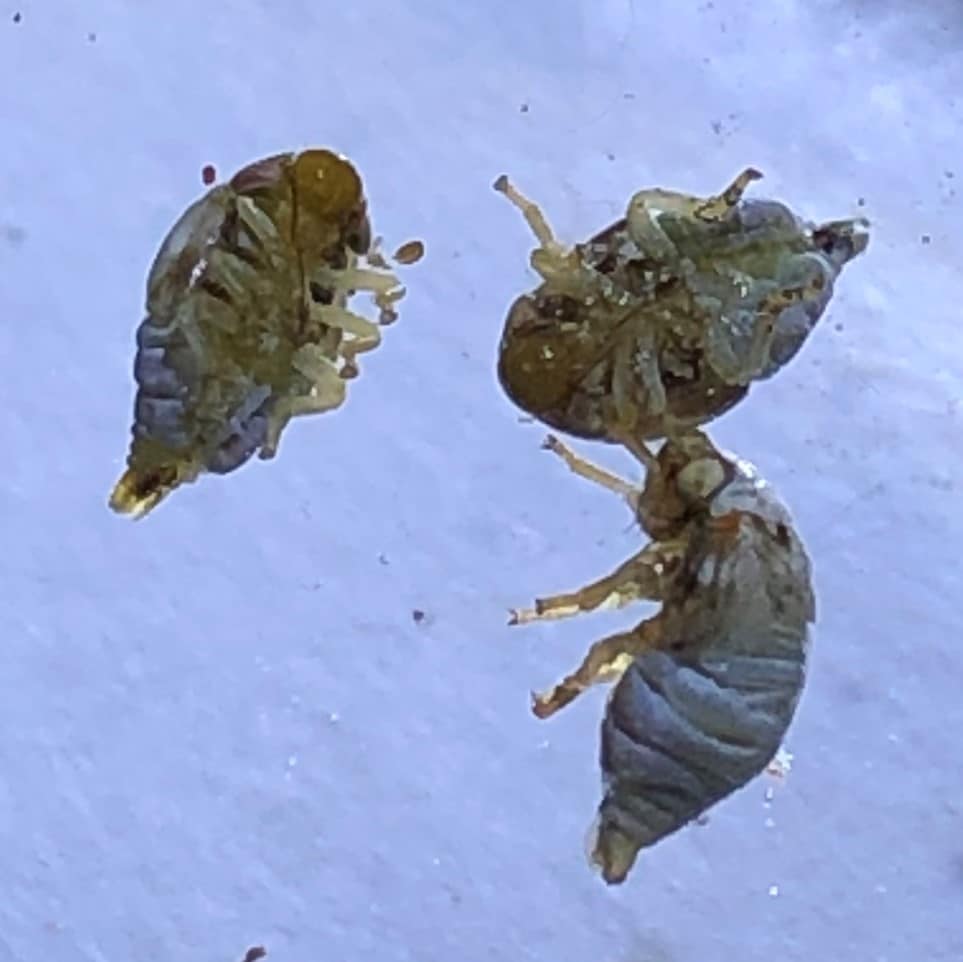Snakes may well be able to spit, but they do not leave globs of it on plants. The globs of tiny white bubbles that many of us just know is snake spit is really the product of spittlebugs. These insects are the juvenile forms of a large group called Froghoppers. As the name implies, Froghoppers are more likely to hop when disturbed rather than fly away like their close relatives the Leafhoppers.
In any case, snake spit becomes a common sight on the stems of many kinds of plants in our landscape beginning in spring, throughout summer, and into fall. The spit that inspired this story was hanging from the stems of a muscadine vine in my yard and harbored multiple spittlebugs within each glob of spittle. They were not happy to be pulled out of their bubbly retreat to get a closeup, but much of how they feed and breathe within these globs became apparent.

As spittlebugs feed, they use their hind legs to whip off the sticky excrement into a froth that forms the mass of small bubbles. Not really spit, as it turns out, but that is the name we use. This mass helps hide the nymphs from would-be predators or parasites. Their sticky home also keeps them from drying out. This mass does, however, make it a challenge to breathe, which these nymphs do with a pronounced pair of spiracles (breathing tubes) at their back ends. If you watch a spittle mass closely, you can see these nymphs extend these through the surface of the spittle from time to time to breathe.
Adult Froghoppers can be quite colorful and of course easier to spot. But now you know what lurks within the spittle that their young forms on your plants. Much cooler to think that it is snake spit, but the truth is just as much fun. Next time you spot one, take a moment to sit and watch. You might see these creatures working their hind legs to whip up more spittle or push their hind ends out for a breath of air. If your neighbors should spot you, insist that they join you, least they think that they now have proof that you are “special”.
Hope to see you in our great outdoors!
Image of Adult Froghoppers by Else Siegel from Pixabay